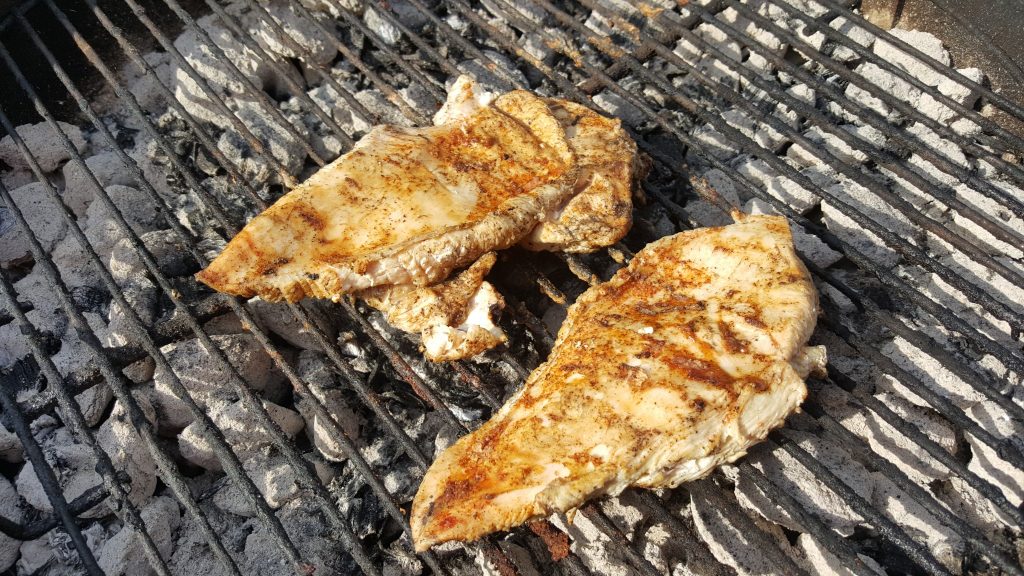A friend of yours has given you a few packages of venison steaks to try. You have a couple mallard ducks and a Canada goose in the freezer, and are wondering how to prepare them. You are new to hunting, have harvested your first wild turkey, but don’t quite have a clue on how to cook it. Or, maybe you are a die-hard deer hunter who is looking for new ways that continue to make the taste of your wild game as sweet as thrill of the hunt that brought it to the table.

No matter what the scenario is, any professional chef will tell you there’s nothing mystical about preparing a delicious wild game dinner. Anyone who can cook at all can serve a savory supper using wild game birds and animals, often superior to “domestic” offerings.
Before you embark on any recipe for wild game though, you need to know the basics. If you are new to cooking game meat or haven’t done it for a while, here are the essential principles to follow, according to Executive Chef and Iowa Western Community College Culinary Instructor, Gene Cammarota of Omaha, NE.
– Leaner, but drier. Game is leaner than domestic meat because wild animals walk, run, fly and roam freely all the time. However, in cooking, due to the leanness of wild game, it runs drier than most domestic meats, so use recipes that keep it moist!
– Fast on high heat, long time on low heat. Game meat will be tender if you cook it for a short time on high heat or a long time on low heat. Game meat needs to be cooked thoroughly, but is best done medium-rare!
– Grilling versus smoking. The split between grilling and smoking for game meats is similar to traditional domesticated meats. Steaks and chops are best when cooked quickly on a hot grill. Cuts with a lot of connective muscle tissue (e.g. shoulders and ribs) that must be broken down are best suited for the “low and slow” heat of a smoker.
– Younger game, older game. Younger game birds and animals generally taste better and are tenderer than older ones. Use young game in most recipes; reserve older game for stews and braising.
– Age, tenderize and add flavor. Aging game will help tenderize it and add flavor. As an example, you should age an old wild turkey gobbler for about a week before freezing it or cooking it.
– Less is better. Simpler recipes are not only easier; they respect the nuances of game meat. Use sauces, spices, stocks and seasonings sparingly to enhance, not overpower your game.
– Fresh herbs. When a game recipe calls for herbs, purchase them as you need them from the grocery store or start a small herb garden. Old herbs have little taste. A preferred herb to use with wild game is rosemary!
– Wines and wild game. To keep things simple, use white and rose wines for upland game birds, red wines for everything else.
– Let it soak! Let wild game meat soak in marinades or brines overnight, or at least for several hours. This will help add flavor to and tenderize your meat.
– Add some fat. Another classic method for cooking game meat is to add some fat to the dish. One way to do this is to mix the wild game meat with a fattier meat (e.g. stew or brats made with half venison and half pork sausage); you could also go for the time-honored “wrap it in bacon” trick!


Turning dead critters into delicious meals is not a daunting task. Don’t forget that good-tasting wild game actually begins in the field with immediate field dressing and cooling of the animal or bird.
Today’s locavore movement and trend toward health-conscious cooking are driving more and more people to discover what hunters have known all along – the tastiest, healthiest meat is wild game meat.
With its rich, intense flavor, wild game meat is a fun, fascinating way to expand your culinary horizons and serve something new and different at the dinner table. All nutritional considerations aside, it’s just flat out ‘cool’ to cook something wild, something you’ve never eaten. Try it!
Bon appétit!
*Note: Be sure to check tagging requirements, custody regulations and transport laws for wild game.
The post Wild Game Cooking 101 appeared first on NEBRASKALand Magazine.






















